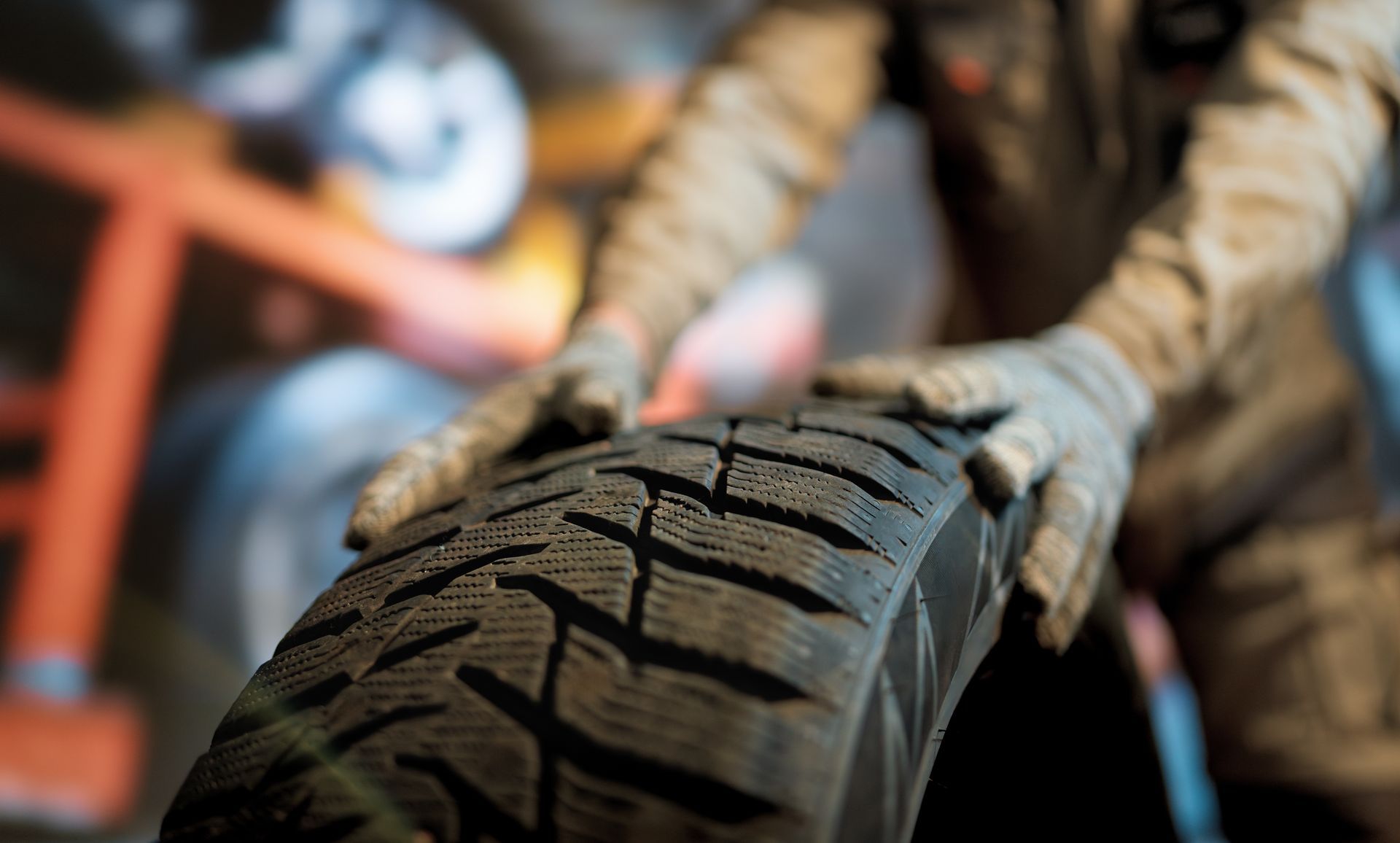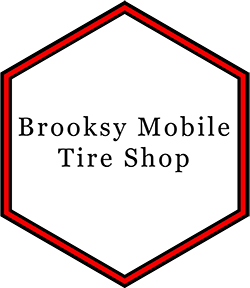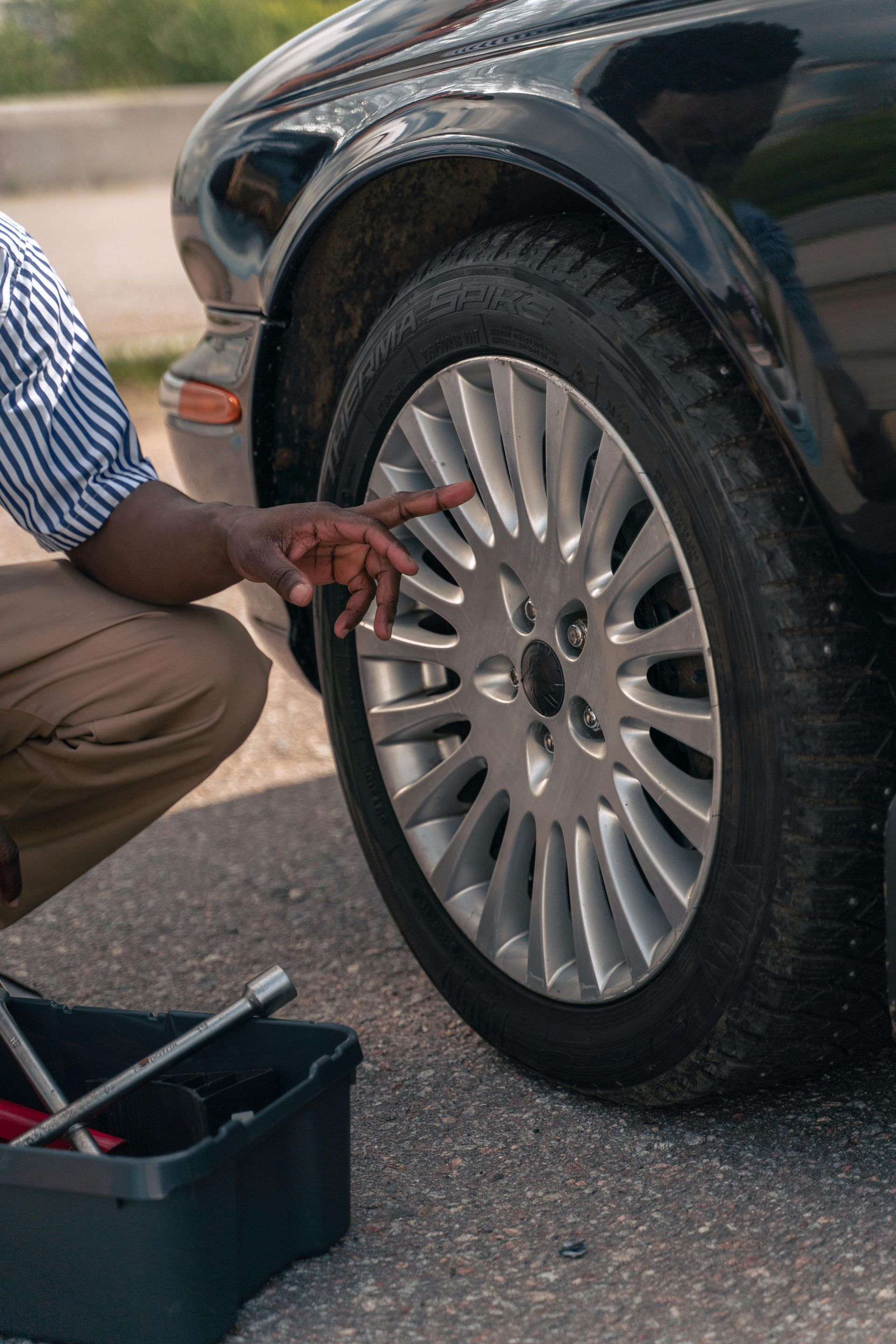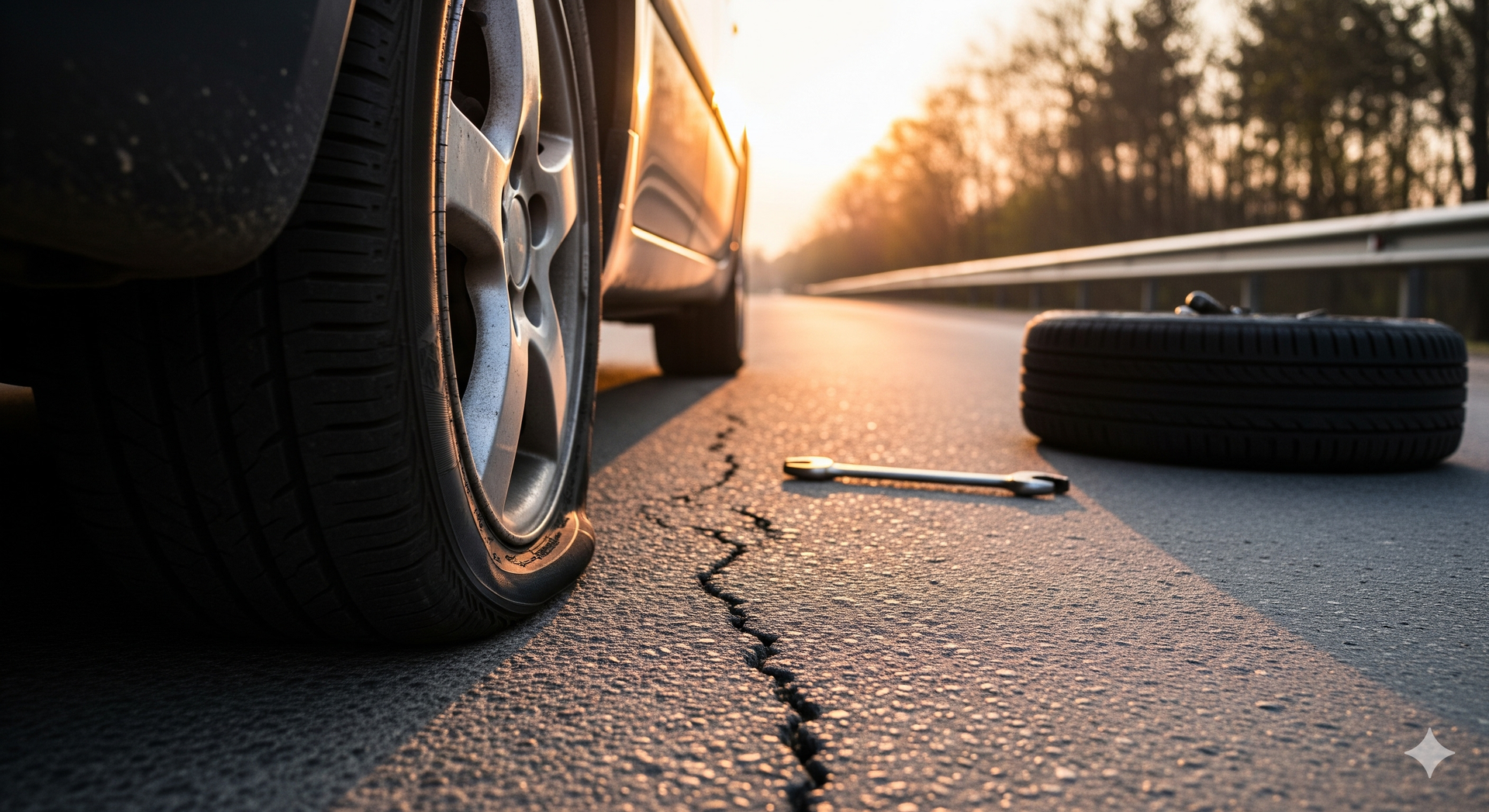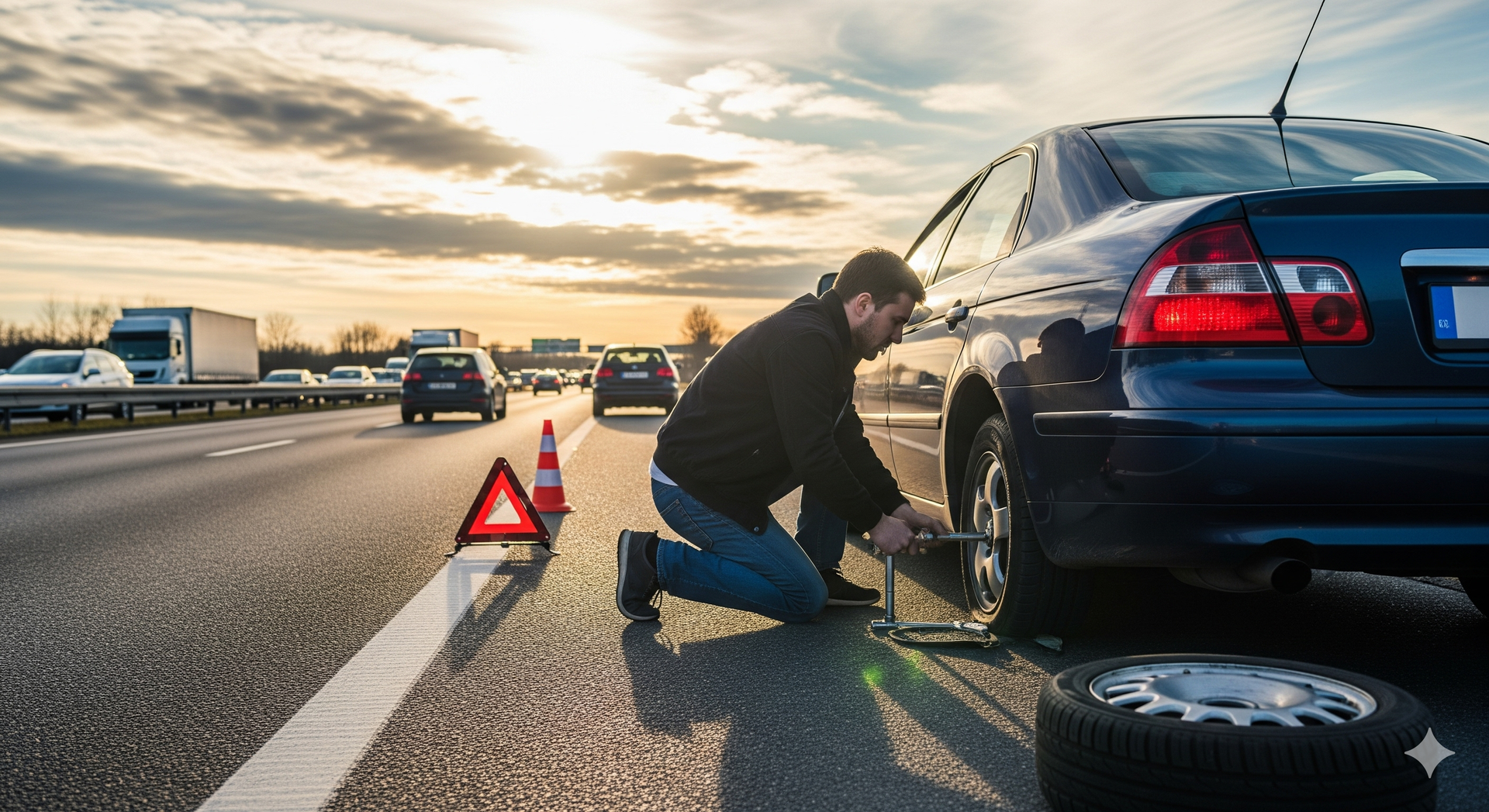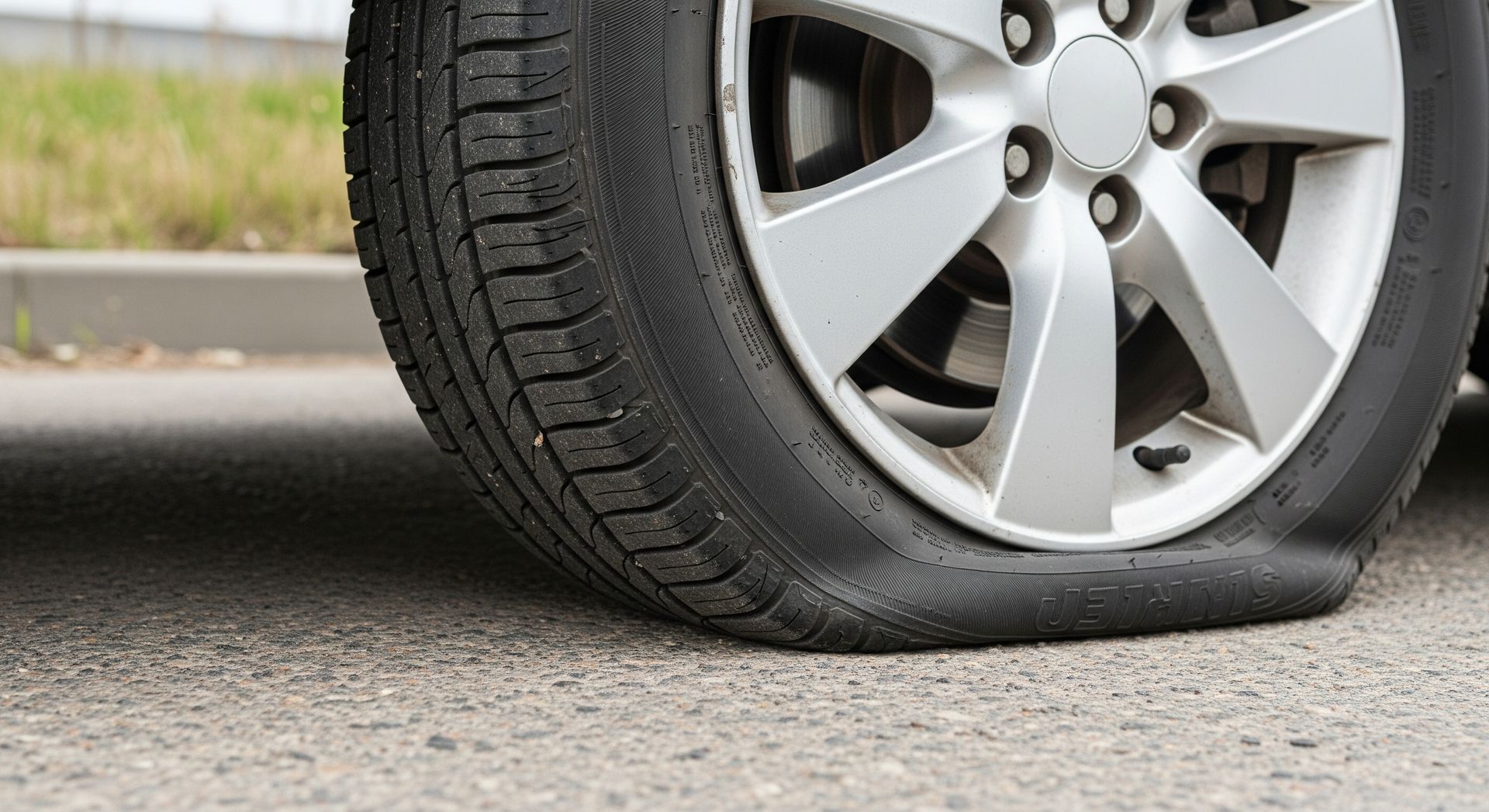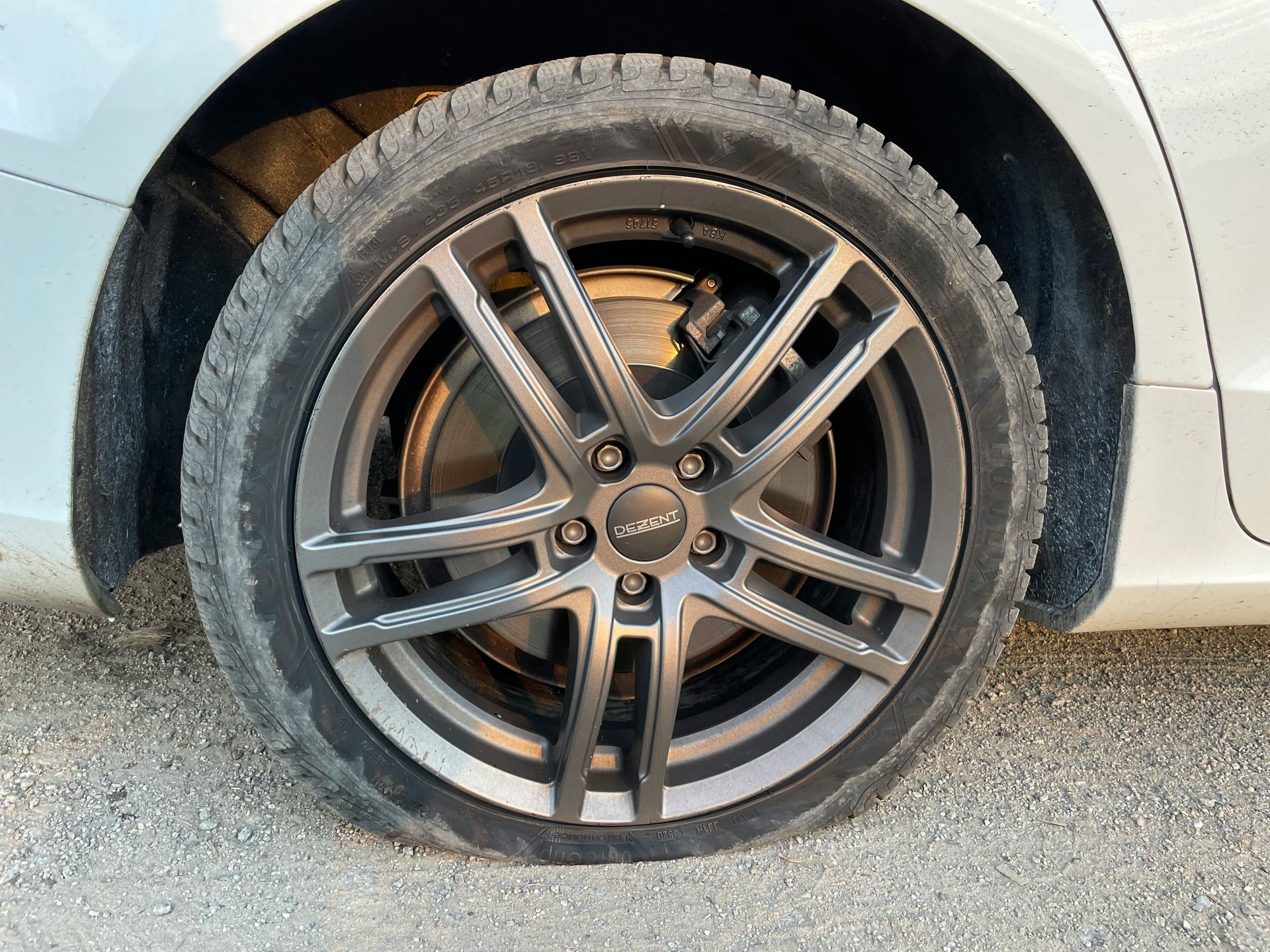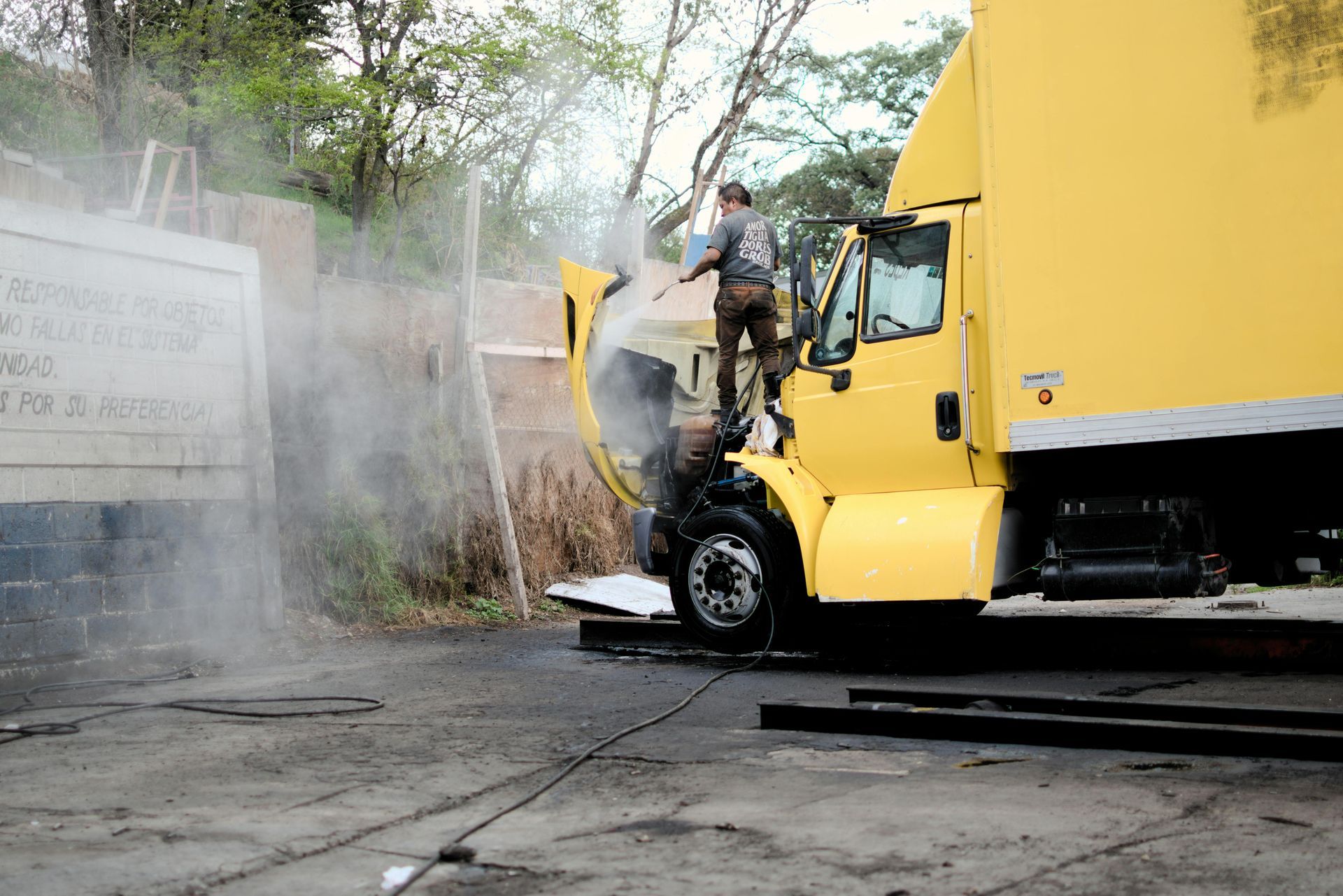Top Causes of Tire Blowouts in Pembroke Pines
Tire blowouts are some of the most dangerous situations drivers face on Florida's busy roads. In Pembroke Pines, where thousands of vehicles navigate highways, city streets, and parking lots daily, understanding tire failure causes can mean the difference between a safe journey and a potentially catastrophic accident. When a tire blowout occurs, drivers lose control quickly, especially at highway speeds, where the consequences can be severe.
The combination of Florida's intense heat, heavy traffic patterns, and diverse driving conditions creates unique challenges for tire safety in Pembroke Pines. Local drivers must contend with scorching asphalt temperatures that can exceed 140 degrees Fahrenheit during summer months, sudden thunderstorms that create hazardous road conditions, and the constant stop-and-go traffic that puts additional stress on tire components.
Prevention remains the most effective strategy for avoiding tire failure incidents. By understanding the primary causes of tire blowouts and implementing proper maintenance practices, Pembroke Pines drivers can significantly reduce their risk of experiencing a tire blowout while driving and protect themselves and their passengers from harm.
Key Takeaways
- Underinflation is the leading cause of tire failures - Check tire pressure monthly using a reliable gauge and maintain manufacturer-recommended PSI levels to prevent excessive heat buildup and structural damage.
- Heat damage accelerates in Florida's climate - Park in shade when possible, avoid overloading vehicles, and replace tires showing signs of heat-related deterioration such as cracking or bulging.
- Age matters more than mileage - Replace tires older than six years regardless of tread depth, as rubber compounds deteriorate over time even with minimal use.
- Regular inspections help prevent blowouts - Examine tires weekly for cuts, punctures, uneven wear patterns, and embedded objects that could lead to sudden failure.
- Road hazards require immediate attention - Have tires professionally inspected after hitting potholes, curbs, or debris to identify internal damage that may not be immediately visible.
- Emergency response saves lives - If you have a tire blowout on the highway, maintain grip on the steering wheel, avoid sudden braking, and gradually reduce speed while moving to safety.
Understanding Tire Blowout Fundamentals
A tire blowout occurs when a tire suddenly loses air pressure, causing immediate loss of vehicle control and potentially dangerous situations. Unlike gradual air leaks, blowouts happen rapidly and require immediate driver response to prevent accidents.
Tire burst causes are usually a combination of factors rather than single events. When one component fails due to stress, age, or damage, the remaining components cannot compensate, leading to catastrophic failure. The physics involve rapid air escape that creates immediate imbalance, causing the vehicle to pull strongly toward the failed tire.
Primary Tire Blowout Causes in Pembroke Pines
Underinflation and Pressure Problems
Underinflation represents the leading cause of tire failure nationwide and poses particular risks in Pembroke Pines due to hot weather conditions. When tires operate below recommended pressure levels, several dangerous processes begin that can lead to catastrophic failure.
How Underinflation Damages Tires
- Excessive sidewall flexing - Low pressure forces sidewalls to bend more than designed, generating dangerous heat buildup
- Rubber compound breakdown - Heat from flexing deteriorates tire materials and weakens internal structures over time
- Internal layer separation - Extended low-pressure operation creates permanent damage between rubber and steel components
- Temperature sensitivity - Pressure drops one PSI per 10-degree temperature change, making Florida conditions particularly challenging
The damage from chronic underinflation cannot be reversed through proper inflation later. Once internal separations occur between tire layers, the structural integrity remains compromised even after correcting pressure levels. This explains why consistent pressure maintenance throughout tire life is essential rather than occasional corrections.
Heat-Related Tire Damage
Florida's intense heat creates unique tire stress conditions that contribute significantly to blowout incidents in Pembroke Pines. Asphalt temperatures can reach 160 degrees Fahrenheit during peak summer hours, creating multiple pathways for tire damage.
Heat-Related Damage Mechanisms
- Chemical breakdown - High temperatures accelerate rubber compound deterioration, making materials brittle and crack-prone
- Air expansion - Heat causes internal air pressure to increase beyond safe operating ranges
- Steel belt expansion - Metal components expand at different rates than rubber, creating internal stress and layer separation
- Overloading amplification - Extra weight increases tire flexing and heat generation, compounding temperature-related problems
These processes occur gradually but can reach critical failure points suddenly during routine driving. Vehicle loading amplifies heat-related problems by forcing tires to carry weights beyond design specifications, creating additional friction and internal heat generation that pushes already-stressed components past their limits.
| Temperature Range | Risk Level | Recommended Actions |
|---|---|---|
| Below 85 °F | Low | Normal maintenance schedule |
| 85-95 °F | Moderate | Check pressure weekly |
| Above 95 °F | High | Daily inspections, shade parking |
Age and Deterioration Factors
Tire age is a critical but often overlooked factor in tire failure incidents. Rubber compounds naturally deteriorate over time regardless of usage patterns, with chemical changes accelerating in hot climates. The combination of oxygen exposure, UV radiation, and temperature cycling breaks down molecular bonds that provide flexibility and strength.
Manufacturing date information appears on tire sidewalls using Department of Transportation codes indicating production week and year. Tires manufactured more than six years ago require replacement regardless of apparent condition or remaining tread depth. This timeline becomes critical in Florida, where accelerated aging occurs due to constant heat exposure and intense UV radiation.
Road Hazards and Impact Damage
Road hazards pose constant threats to tire integrity in Pembroke Pines, where construction projects, weather-related debris, and heavy traffic create numerous opportunities for tire damage. Understanding common hazard types helps drivers recognize and avoid potential threats.
Common Road Hazard Types
- Pothole impacts - Force transmitted through tire can cause internal damage invisible until complete failure occurs
- Sharp debris - Nails, screws, and glass fragments create punctures that allow air leaks and structural weakening
- Curb strikes - Sidewall impacts during parking create cuts or bulges that compromise tire integrity over time
- Construction zones - Loose gravel, metal debris, and uneven surfaces stress tires beyond normal operating parameters
Impact damage often affects tire sidewalls where reinforcement is minimal compared to tread areas designed for road contact. These damages may appear minor initially but create weak points where internal pressure concentrates stress and eventually causes catastrophic failure during normal driving conditions.
Environmental Factors Specific to Pembroke Pines
The subtropical climate of Pembroke Pines creates unique environmental conditions that accelerate tire wear and increase blowout risks. Seasonal weather patterns bring summer heat waves exceeding 95 degrees Fahrenheit, sudden thunderstorms creating hazardous conditions, and winter cold fronts causing rapid temperature changes, affecting tire pressure.
Humidity levels averaging 70-80% throughout the year contribute to accelerated tire aging by promoting oxidation processes that break down rubber compounds. Salt air from nearby coastal areas also penetrates inland and accelerates corrosion of tire components, including steel belts, making regular inspection essential for vehicles in these conditions.
Prevention Strategies and Maintenance
Regular Inspection Protocols
Implementing systematic tire inspection routines is the most effective defense against unexpected tire failure. Weekly visual inspections should examine tread depth, sidewall condition, and overall tire appearance for signs of wear, damage, or deterioration. These inspections take only minutes but can identify problems before they become dangerous.
Proper inspection focuses on areas where problems commonly develop. Tread areas require examination for uneven wear patterns indicating alignment problems. Sidewalls need inspection for cracks, bulges, or foreign objects. The tire shoulder area where tread meets sidewall deserves particular attention, as this zone experiences high stress during cornering and braking.
Essential Inspection Points
- Check tire pressure when tires are cold using an accurate gauge
- Examine tread depth using the penny test or a dedicated gauge
- Inspect sidewalls for cracks, bulges, or embedded objects
- Look for uneven wear patterns indicating alignment issues
- Verify valve stem condition and cap security
- Check spare tire condition and pressure monthly
Proper Tire Maintenance Practices
Maintaining optimal tire performance requires systematic attention to several key maintenance areas. Each component contributes to overall tire safety and longevity in Pembroke Pines driving conditions.
Essential Maintenance Components
- Pressure monitoring - Monthly checks using reliable gauges ensure tires operate within manufacturer specifications for optimal performance and safety
- Regular rotation - Every 5,000-8,000 miles to ensure even wear patterns and maximize tire life across all vehicle positions
- Wheel alignment - Professional services address mechanical issues that cause uneven wear and reduce tire life significantly
- Cold temperature checks - Measure pressure before driving to get accurate readings unaffected by heat generated during operation
Front tires typically wear faster than rear tires due to steering, braking, and acceleration forces, making regular rotation essential for balanced wear. Professional alignment services become particularly important after impacts with potholes or curbs that can disrupt proper tire contact with road surfaces.
What to Do If You Have a Tire Blowout
Immediate Response Actions
When experiencing a tire blowout on the highway, immediate driver response determines whether the incident results in a minor inconvenience or a major accident. Maintaining a firm grip on the steering wheel and allowing the vehicle to decelerate gradually provides the best chance for safe recovery.
When a tire blowout occurs while driving, you need a systematic response that prioritizes your control of the vehicle over speed reduction. Keeping the accelerator pedal depressed slightly helps maintain vehicle stability, while gradual steering corrections help counteract the pulling force without overcorrecting.
Step-by-Step Emergency Response
- Maintain firm grip on steering wheel with both hands
- Avoid sudden braking or sharp steering movements
- Keep foot lightly on accelerator to maintain stability
- Gradually reduce speed while maintaining control
- Signal and move toward shoulder or safe parking area
- Activate hazard lights when safely stopped
- Exit vehicle away from traffic and call for assistance
Post-Incident Safety Measures
After safely stopping following a tire blowout, priorities shift to personal safety and proper incident management. Exit the vehicle on the side away from traffic flow and move well away from the roadway while arranging for assistance.
Proper warning device placement alerts approaching traffic to the disabled vehicle. Reflective triangles, flares, or hazard lights should be placed 100-200 feet behind the vehicle. Professional assistance provides safer alternatives to roadside tire changes, particularly on busy highways where traffic proximity creates dangerous working conditions.
Professional Tire Services in Pembroke Pines
Professional tire services provide essential expertise for maintaining tire safety and preventing blowout incidents. Qualified technicians understand local environmental factors affecting tire performance and can recommend maintenance schedules appropriate for Florida's climate challenges. Regular professional inspections identify developing problems that drivers might miss during routine visual checks.
Emergency tire services provide critical assistance when blowouts occur in dangerous locations or during adverse weather conditions. These services typically operate 24 hours a day and can reach disabled vehicles quickly to provide safe tire changes or temporary repairs.
Frequently Asked Questions
What should I do immediately if I experience a tire blowout on I-75?
Maintain firm control of the steering wheel and avoid sudden braking that could cause loss of control at highway speeds. Gradually reduce speed while keeping the vehicle straight and signal to move toward the shoulder when safe to do so.
How often should I check my tire pressure in Pembroke Pines?
Check tire pressure monthly when tires are cold, preferably in the morning before driving. Florida's heat requires more frequent monitoring since temperature changes significantly affect tire pressure throughout the day.
Can I repair a tire after a blowout, or does it need replacement?
Tires that experience complete blowouts typically require replacement due to internal damage that compromises structural integrity. Professional inspection can determine if repairs are possible, but safety considerations usually favor replacement over attempted repairs.
What tire pressure should I maintain during Florida's summer heat?
Follow manufacturer recommendations found on the door jamb sticker rather than maximum pressure listed on tire sidewalls. Heat increases tire pressure naturally, so proper cold inflation prevents overinflation during hot weather driving.
How can I tell if my tires are too old and need replacement?
Check the DOT code on tire sidewalls to determine manufacturing date and replace any tires more than six years old regardless of tread depth. Age-related deterioration occurs even on lightly used tires, particularly in Florida's climate that accelerates rubber degradation.
Final Thoughts
Preventing tire blowouts in Pembroke Pines requires understanding how local environmental conditions affect tire performance and implementing maintenance practices that address these specific challenges. The combination of extreme heat, humidity, and varied road conditions creates unique risks that demand proactive tire care.
Driver education about proper emergency response procedures can mean the difference between minor inconvenience and serious accident when tire failure occurs. Investment in quality tires, regular maintenance, and professional services provides long-term value through improved safety and reduced risk of costly accidents that could have been prevented through proper attention to tire health.
Don't wait for a dangerous blowout to happen. Schedule your tire inspection today and drive with confidence on Pembroke Pines roads.
Reference:
https://www.toyotires.com/tires-101/reading-a-sidewall
